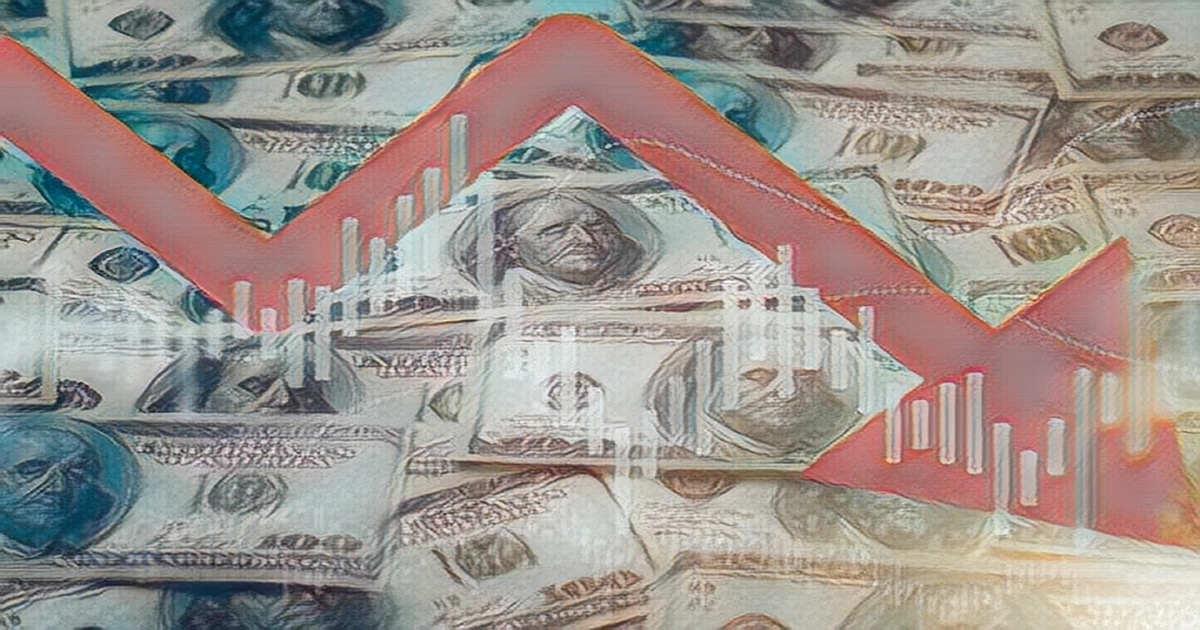
The probability of a recession in the United States within the next year hasrisen to nearly 58%, the highest level since August 1982.
The recession-risk indicator is now greater than it was in November 2007 just before the subprime-Lehman crisis, when it was 40% and December 2001, when it was 46%.
The New York Fed's model utilizes the yield curve's slope, or term spread, to forecast a U.S. recession within 12 months. The New York Fed's term spread refers to the gap in yields between the 10 - year Treasury bond and the 3 - month bill.
The yield curve is viewed as being inverted when yields on shorter-term bonds are higher than those on longer-term bonds.
An inverted yield curve has reliably predicted each of the previous eight recessions since 1970.
What does an inverted yield curve mean? How does it indicate a recession?
Investors fear that the current high level of interest rates, reflected in elevated shorter-term yields, will force the economy into a recession, causing the central bank to cut interest rates in the future, thus discounting presently lower longer-term yields. Inverting the yield curve is often a sign of a recession.
The SPDR Bloomberg 1 - 3 Month T-Bill ETF BIL, a popular ETF, offers exposure to the extremelyshort end of the Treasury curve, investing in zero coupon US T-Bills with less than three months until maturity.
The iShares 7-10 Year Treasury Bond ETF IEF instead offers exposure to Treasury bonds with seven to 10 years to maturity.
Where are we now in the Treasury Yield Curve Inversion?
In March, the term spread was negative 1.15%, with 10-year rates at 3.5% and 3-month yields at 4.65%. The 10 year 3-month yield differential has also dropped to a negative 1,6 at the time of writing, with the 3 month yield jumping to 5.2% and the 10 year yield trading at 3.6%.
